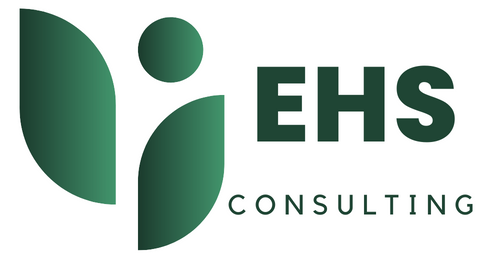Doświadczenie i wiedza
Wdrożenie normy ISO 45001:2018
Jesteś zainteresowany/zainteresowana ISO 45001:2018?
lub zadzwoń: +48 887 043 666
Uważasz, że spełnienie wymagań prawnych w zakresie BHP to jedynie pierwszy krok, aby poprawić bezpieczeństwo w firmie? Twoja organizacja mierzy znacznie wyżej?
FAQ
Masz inne pytania?
Sprawdź nasze pytania i odpowiedzi – wspólnie rozwiejemy wszelkie wątpliwości!
1.
Kontakt
Pierwszym krokiem jest kontakt z nami przez telefon lub mail
2.
Rozmowa
Drugi krok to poznanie potrzeb klienta i zaproponowanie warunków
3.
Współpraca
Trzeci krok to podjęcie współpracy i rozpoczęcie działań
referencje
Zobacz co piszą o nas klienci
Duża fachowość, możliwość skorzystania z usług w trybie online, a także szeroka dostępność czasowa. Z całym przekonaniem polecam Panią Agnieszkę Kuźmicką.
Piotr Błaszczyk
Konsultant Podatkowy w SWGK
Agnieszka prowadziła szkolenia z BHP dla pracowników mojej firmy. Polecam ją jako bardzo dobrego i profesjonalnego szkoleniowca. Cały proces przebiegł sprawnie i w miłej atmosferze.
Marcin Olejnik
CEO w Chatbots
Polecam w 100 procentach! Duża dawka wartościowej wiedzy. 10/10!
Aleksandra Taraszkiewicz
Aleksandra Taraszkiewicz – rozwody, sprawy rodzinne i opiekuńcze
JAKIE ZNACZENIE MA AUDYT DLA SYSTEMU ZARZĄDZANIA BHP?
W systemie zarządzania funkcjonuje szereg różnego rodzaju dokumentów – procedur, instrukcji, formularzy itp. System zarządzania powinien być tak skonstruowany, aby zapewnić, że wszystkie postanowienia zawarte w tych dokumentach będą przez pracowników stosowane i przestrzegane. Przestrzeganie postanowień zawartych we wspomnianych dokumentach jest sprawdzane właśnie za pomocą audytów wewnętrznych.
Ich celem jest przede wszystkim znalezienie słabych punktów i ich wyeliminowanie. Wyniki audytu, stanowiąc ważne źródło informacji o sytuacji wewnętrznej przedsiębiorstwa, powinny być wykorzystane przez kierownictwo jako narzędzia poprawy funkcjonowania firmy, które pomogą znaleźć nieprawidłowości i skorygować niezgodności. Wyniki audytów wewnętrznych przyczyniają się do ciągłego doskonalenia wdrożonego systemu zarządzania.
JAK MOŻEMY POMÓC WE WDROŻENIU NORMY ISO DO SYSTEMU BHP?
W zakresie usług doradczych i szkoleniowych związanym z ISO 45001: 2018 oferujemy:
- przeprowadzenie audytu „zerowego”, pod kątem zgodności z wymaganiami ISO 45001: 2018;
- wsparcie na każdym etapie realizacji działań w zakresie systemu zarządzania BHP;
- pełnomocnika ds. systemu zarządzania BHP zgodnie z ISO 45001: 2018;
- wdrożenie wymagań normy ISO 45001: 2018.
Jeżeli są Państwo zainteresowani profesjonalnym wdrożeniem i certyfikacją systemu zarządzania lub dostosowaniem do aktualnego wydania normy bądź standardu, prosimy o kontakt telefoniczny lub wypełnienie formularza kontaktowego. Ponadto oferujemy także szkolenie z diizocyjanianów, PPOŻ. i wiele więcej! EHS Consulting – obsługa BHP w Twojej firmie.
branżowe informacje
Blog
Kto może szkolić pracodawców z zakresu BHP?
Jakie są obowiązki zespołu powypadkowego
Podpowiadamy kiedy szkolenie wstępne BHP
Jesteś zainteresowany naszymi usługami?
+48 887 043 666











